The pesticide label is your best guide to using pesticides safely and effectively. The directions on the label are there primarily to help you achieve maximum benefits – the pest control that you desire – with minimum risk. Both depend on following label directions and correctly using the pesticide. Read the label before buying the pesticide. Follow the label each time you mix and use the pesticide, and follow the label when storing or disposing of the pesticide. Do not trust your memory. You may have forgotten part of the label instructions, or they may have changed since the last time you purchased the product. Use of any pesticide in any way that does not comply with label directions and precautions is illegal. It may also be ineffective on the pests and, even worse, pose risks to users or the environment.
The main sections of a pesticide label are described below:
Brand Name
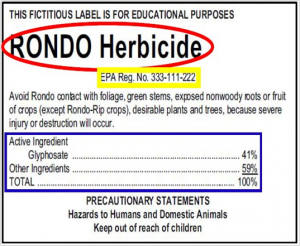 The brand or trade name is the name on the front panel of the label that you commonly use to identify the product, such as Roundup or Sevin. Products with the same active ingredient may have completely different brand names depending on the manufacturer or company that registers the pesticide with the Environmental Protection Agency (EPA). Likewise, very similar brand names (whether used by the same or different companies) may contain different active ingredients.
The brand or trade name is the name on the front panel of the label that you commonly use to identify the product, such as Roundup or Sevin. Products with the same active ingredient may have completely different brand names depending on the manufacturer or company that registers the pesticide with the Environmental Protection Agency (EPA). Likewise, very similar brand names (whether used by the same or different companies) may contain different active ingredients.
EPA Registration Number
This number tells you that EPA has reviewed the product and determined that it can be used with minimal or low risk if you follow the directions on the label properly.
Ingredients Statement
Active ingredients are the chemicals in the pesticide that kill or control the target pest(s). Inert ingredients often improve the effectiveness or safety of a pesticide. This section provides the chemical name of each active ingredient, the percentage by weight of each active ingredient, and the percentage by weight of all inert ingredients. Inert ingredients are not listed individually nor identified by name.
Signal Words
The signal words – Caution, Warning, or Danger – indicate the acute toxicity of the product to humans, based on one or more potential routes of exposure. The statement “keep out of reach of children” must also appear with signal words on the label of all pesticides.
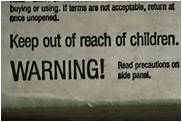 CAUTION — Pesticides that are the least harmful to you
CAUTION — Pesticides that are the least harmful to you
WARNING — More toxic than those with a Caution label
DANGER — Very poisonous or irritating and should be used with extreme care because they can severely burn your skin and eyes. Most pesticides with DANGER signal word are restricted-use pesticides and are not available to the general public
Precautionary Statements
This part describes the protective clothing, such as gloves or goggles that you should wear when using the pesticide. The section also tells you how to protect children or pets by keeping them away from areas treated with pesticides.
First Aid Instructions (Statement of Practical Treatment)
The label tells you what to do if someone is accidentally poisoned by the pesticide. These instructions are only first aid. ALWAYS call the emergency number listed on the label, a doctor, or the poison center (1-800-222-1222), if someone is accidentally poisoned by the pesticide. You may have to take the person to a hospital right away after giving first aid. Remember to take the pesticide label or container with you.
Personal Protective Equipment (PPE)
The label lists PPE needed to prevent exposure to the pesticide. Be sure to read this section before purchasing the pesticide.
Agricultural Use Requirements (Use of pesticides in producing agricultural plants)
The “Agricultural Use Requirements” box printed on the label of pesticides refers to the requirements of the Worker Protection Standard (WPS) that must be complied within the production of an agricultural plant (crop) on an agricultural establishment. See the Worker Protection Standard section on this website for more information.
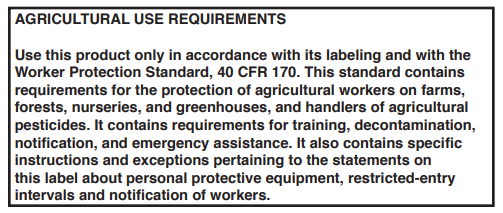
Environmental Hazards
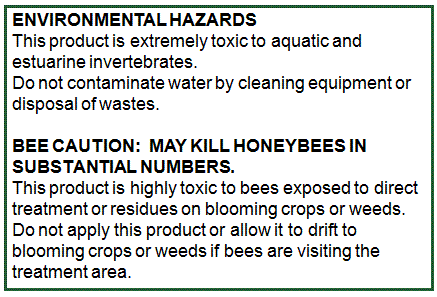 This section indicates if the product can cause environmental damage – if it’s harmful to wildlife, fish, pollinators, endangered plants or animals, or water bodies such as ponds, lakes, rivers, and wetlands.
This section indicates if the product can cause environmental damage – if it’s harmful to wildlife, fish, pollinators, endangered plants or animals, or water bodies such as ponds, lakes, rivers, and wetlands.
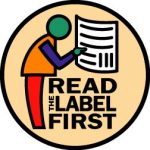
Directions for Use. Make sure that the product is labeled for use against the pest(s) that you are trying to control. (For example, products labeled only for termites cannot be used to control fleas.) Use only the amounts indicated, and follow the directions exactly.
Note: It is a violation of Federal law to use a product in any manner inconsistent with its labeling.
Storage and Disposal
Storage and Disposal. Read carefully and follow all directions for safe storage and disposal of pesticide products. Always keep products in the original container and out of reach of children—store pesticides in a locked cabinet or locked garden shed. Disposal of pesticide containers in a manner not listed by the label could lead to contamination of the environment or harm to other people. For more information, see the Storing Pesticides and Pesticide and Container Disposal sections of this website.
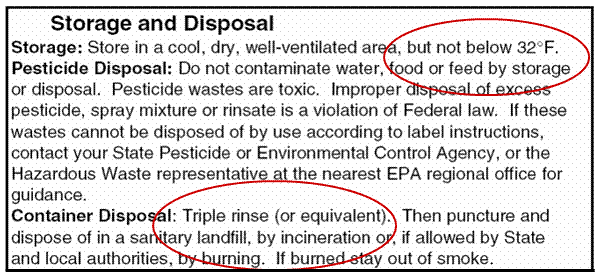
Other parts of the label provide additional important information about the use of the pesticide. Be sure to read the entire label before each use of the pesticide.

For additional information on understanding a pesticide label:
- EPA: Keep Safe: Read the Label First
- What you need to know about: Reading a Pesticide Label. Penn State University.
Note – all labels used on this site are for educational purposes only. Any pesticide mentioned here is not for advertisement purposes.
